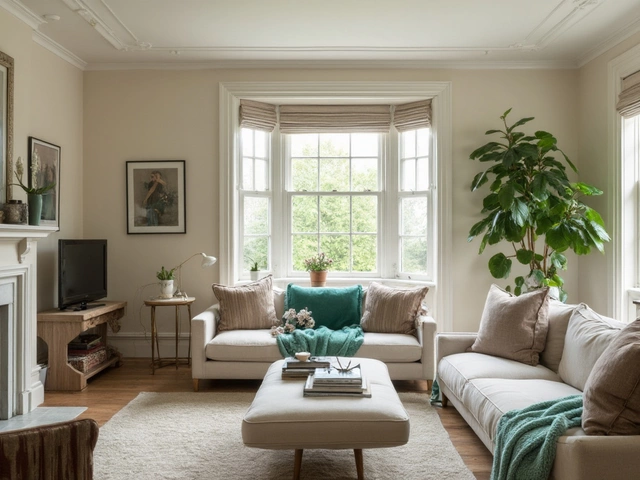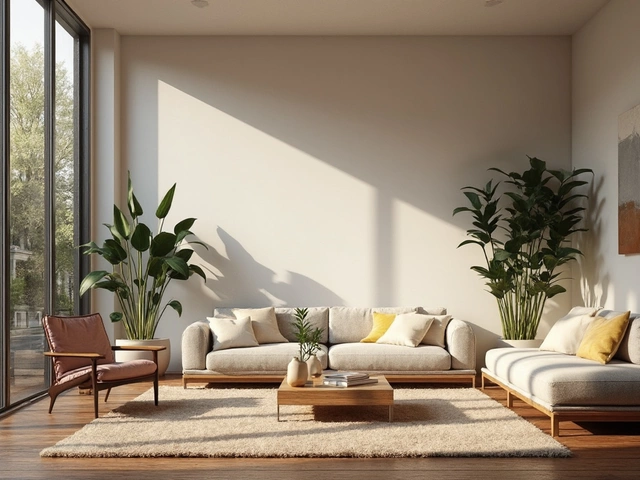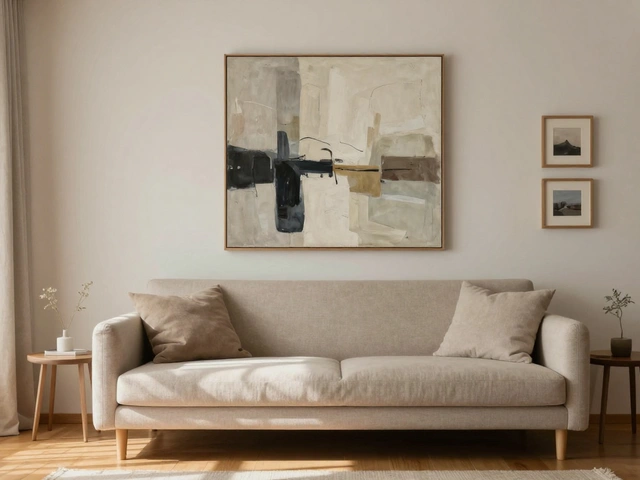The Perfect Spot for Your TV: Wall Mount or TV Stand?
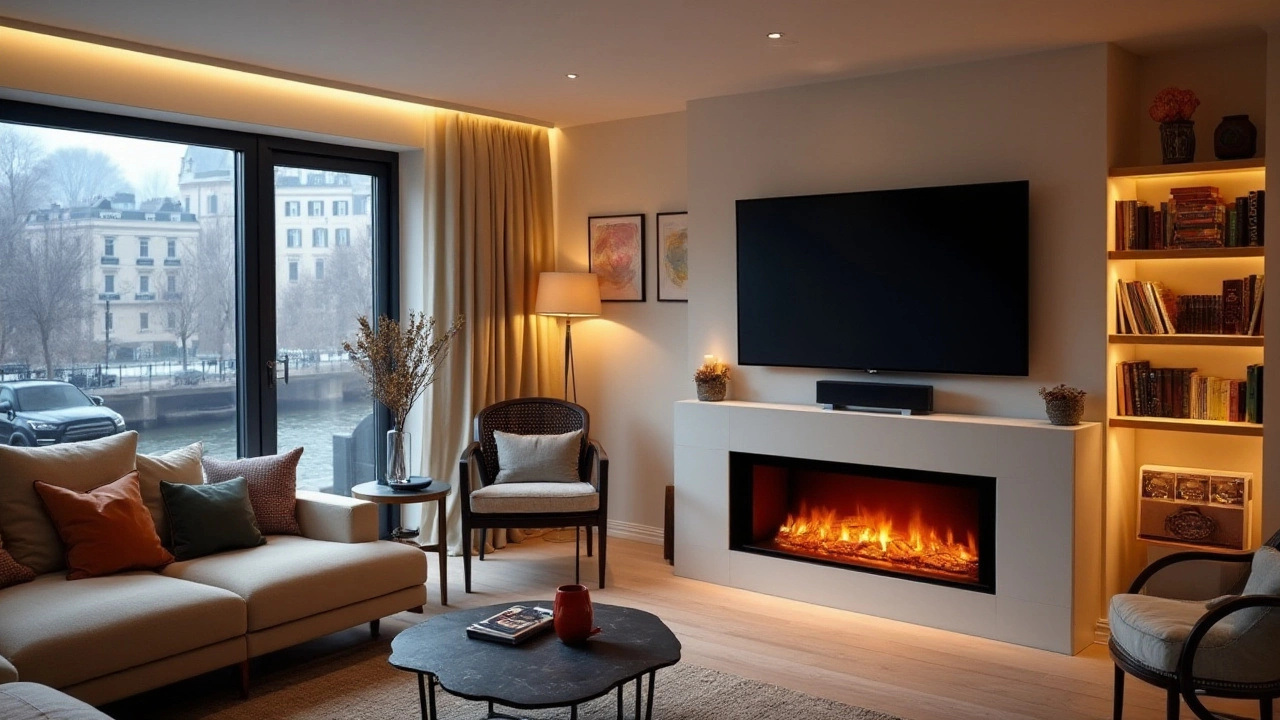
Choosing the ideal spot for your television can significantly influence the flow and feel of your living space. It's more than just deciding where it looks best. Whether on the wall or on a stand, each choice comes with its own perks and challenges.
Television mounting has revolutionized how we view our TVs, freeing up floor space and giving our rooms a modern edge. But is this choice always right for your home? Meanwhile, TV stands serve not only as functional support but also as a centerpiece for other media equipment and decor.
No matter what you choose, understanding the nuances of each option can make all the difference. This guide will navigate you through the key elements to consider, ensuring your TV finds its perfect home in yours.
Space Utilization
Maximizing space is a key concern for many homeowners, and choosing between a TV wall mount and a TV stand often boils down to how effectively each option utilizes available space. A wall-mounted TV takes advantage of vertical space, freeing up floor area for other uses such as furniture or additional decor elements. This can be particularly advantageous in smaller rooms where every inch counts. Not only does this approach offer a cleaner, more streamlined look, but it can also enhance the perception of a larger room by reducing clutter and visual bulk.
Interestingly, a study by the Furniture Retailers Association in 2022 found that homes with wall-mounted TVs often reported a 20% increase in usable floor space, which, for small apartments, can translate into more room for seating or storage solutions. For families with children, this extra space is invaluable, as it allows for play areas or additional seating. On the flip side, it’s crucial to consider the limitations, as you might lose easy access to power outlets or deal with visible cables that detract from the neatness.
Conversely, a TV stand offers a different kind of space utilization. It provides a functional piece of furniture that can house not only the television but also various media devices such as gaming consoles, DVD players, and more. TV stands come with built-in storage options like shelves and drawers, which help in organizing media accessories and hiding unsightly cables. This can lead to a more organized and accessible setup. In larger rooms, a well-chosen TV stand can act as a focal point, drawing the eye and anchoring the room’s design. The diversity in design options for stands can complement various home interior styles from modern minimalism to classic coziness.
"Opting for a wall mount or TV stand can significantly alter the flow of your living space," says interior designer Lynn Roberts. "The right choice depends not only on space constraints but also on lifestyle needs."
When considering space utilization, it’s also important to examine lighting and viewing angles. Wall mounts offer flexibility in this regard, often allowing you to tilt or swivel the TV for the best line-of-sight, which can reduce glare from windows or overhead lights. On the other hand, a TV stand is generally fixed, which means that adjusting for these factors involves rearranging furniture. Each option presents unique opportunities and potential hassles, but with careful planning, you can achieve an optimal setup that enhances both functionality and aesthetic appeal.
Key Considerations
- Analyze the size of the room and available wall space.
- Consider the importance of additional storage for devices and media.
- Evaluate the ease of cable management and power outlet access.
- Think about the room’s layout, viewing angles, and potential glare.
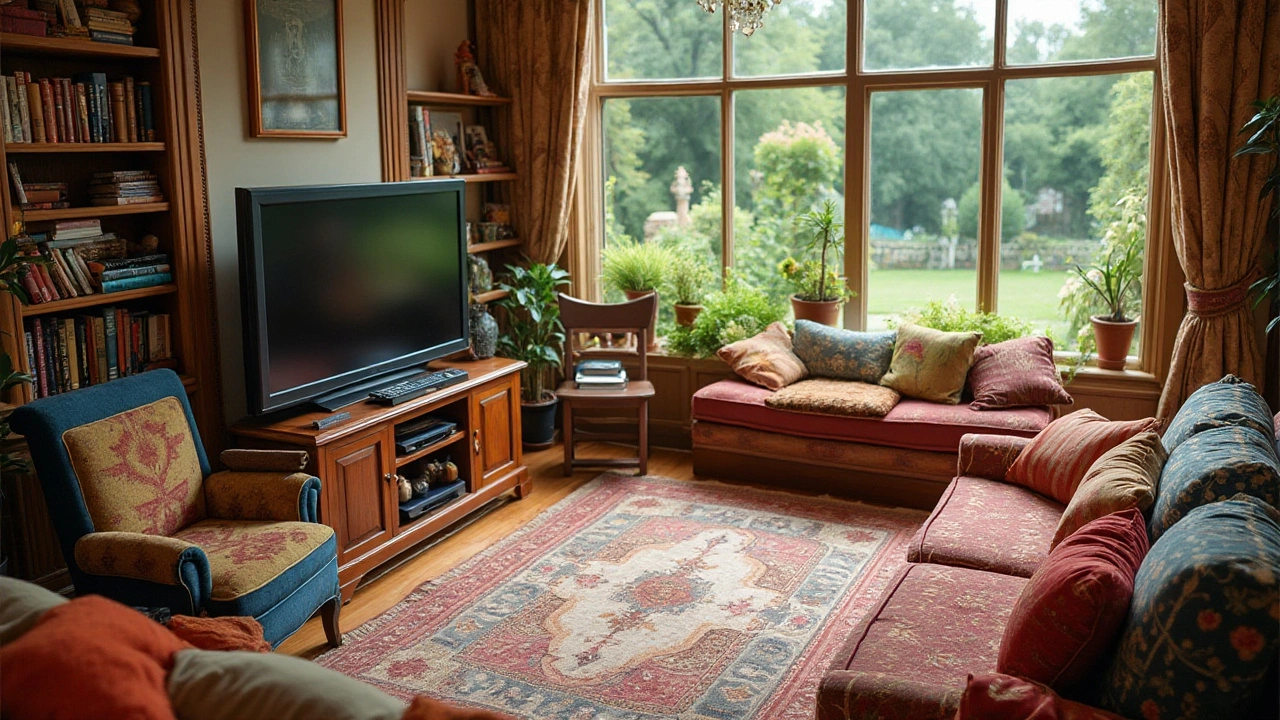
Aesthetic Appeal
When contemplating the perfect spot for your TV, the aesthetic appeal of either placing it on a TV stand or opting for a TV wall mount often becomes a crucial factor. Mounting your television creates a clean and uncluttered look, which is especially appealing in modern and minimalist home designs. The sleek design of flat screens complements this approach, making the TV appear as though it is floating, which can dramatically alter the room's appearance, providing a visually pleasing focal point. This method is often favored by those who appreciate a contemporary aesthetic and desire to free up valuable floor space. Alternatively, those who enjoy a traditional or eclectic decor might prefer a TV stand. These stands lend themselves beautifully to customization, as they can be part of a larger entertainment system with ample space for decorative items, books, or additional media equipment. A strategically chosen stand can transform your television into an extension of your personal style.
Integration with Decor
Integration with the room's decor is essential for achieving aesthetic harmony. A TV wall mount can be seamlessly integrated with wall art or creative paint techniques to make the TV a cohesive part of the room rather than a standalone object. Some homeowners incorporate backlit LED lights that accentuate the television while adding ambiance to the room. In contrast, a well-chosen TV stand not only supports the television but also becomes a highlight of the decor. From rustic wood finishes to sleek metallic designs, stands can be chosen to match various interior styles, offering both functionality and aesthetic appeal. The ability to select a TV stand based on material, color, and design provides versatile options that can suit your unique taste, ensuring your television setup complements rather than clashes with your existing decor.Cassandra Ellis, an interior designer known for her innovative approach to modern aesthetics, mentions, "Your TV has the potential to either disrupt or enhance your living space. Thoughtfully considering its placement can transform it from an electronic presence to an artistic statement."
Visual Balance
Visual balance is another key element when considering your television's placement. A mounted TV, especially in a spacious room, may require additional elements, like floating shelves or artwork, to avoid an empty wall feeling. On the other hand, the physical presence of a TV stand naturally balances the space by occupying floor area. It can serve as a natural divider in open-plan settings or complement the lines and shapes within the room. To achieve a harmonious look, compare your room's dimensions and where natural light falls, as these influence where a TV should best reside.With growing trends in smart home technology, TVs are increasingly seen as more than just entertainment devices. Their integration into the room's design plays a role in modern decor trends that emphasize elegance, functionality, and personal expression. Whether you lean towards a wall-mounted look or the more traditional stand approach, the choice should reflect both your lifestyle and your aesthetic preferences. Making the right choice ensures your television doesn’t just fit into the room but feels designed to be there.
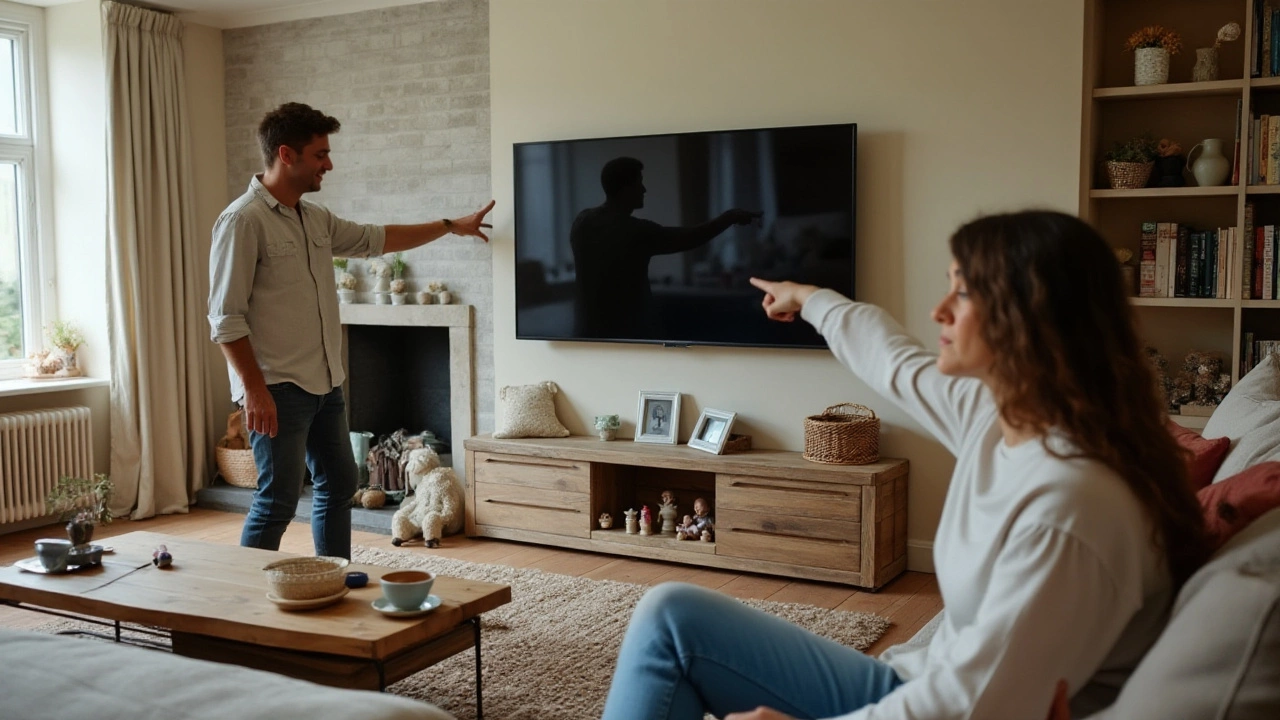
Safety Considerations
When it comes to creating a safe environment for your family, the placement of the TV is a major consideration that should never be overlooked. A TV wall mount provides a practical way to keep your television securely fastened, potentially preventing accidents. Mounting your TV eliminates the risk of it being knocked over or pulled down, a scenario that can be especially dangerous in homes with small children or pets. With a firmly mounted TV, you largely reduce the chances of tipping-related accidents, giving you peace of mind during moments of play and excitement.
Alternatively, a TV stand offers a solid base for your television and other electronics. However, it's crucial to ensure that the stand is robust and well-built to support the weight of all placed items. Comprehensive assembly and anchoring are key. In more adventurous homes, additional safety measures such as anti-tip straps should be considered. These straps secure the TV to the wall and prevent potentially harmful tipping. Families should always be proactive in balancing aesthetics with safety, making sure both their walls and TV stands are capable of bearing the load.
It's interesting to note that according to a study by the U.S. Consumer Product Safety Commission, on average, a TV tip-over sends a child to the emergency room every 30 minutes. This statistic highlights the importance of correctly assessing the safety of your TV's location. One should go the extra mile to ensure that the TV is installed correctly, with all necessary safety precautions taken, whether it's a wall mount or a TV stand.
Some experts suggest anchoring the stand itself, not just the TV, to the wall for double security. It can be worthwhile to inspect walls for their structural integrity, especially before deciding on mounting. Because even the perfect wall mount can't compensate for a weak wall. And when dealing with a stand, ensuring it has a low center of gravity and wide base can often contribute significantly to stability challenges, maintaining balance as the ultimate priority.
"Safety doesn't happen by accident," so goes a common saying among safety experts. This has never rung truer than in the case of TV safety at home. Reinforcing stability ensures daily activities can be as carefree as intended.
Ultimately, it's a careful but necessary balance of aesthetics and family safety that dictates where your TV should live. This multi-faceted decision requires not only a keen eye for design, but also a heart full of responsibility and care for your loved ones when it comes to TV setups.
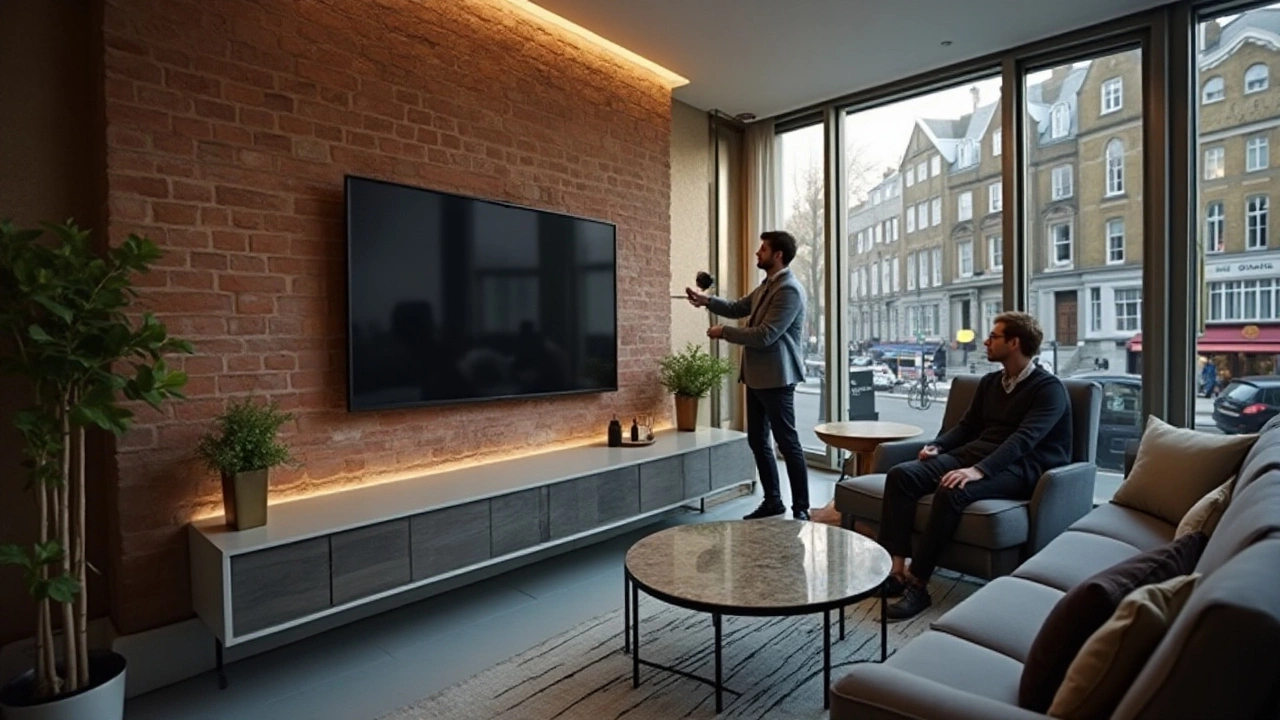
Installation Tips
Setting up your television, whether choosing a TV wall mount or a TV stand, requires careful thought and precision. Each method has its own set of challenges, yet with the right tips, you can enjoy a hassle-free installation process. Let's break it down, so you know exactly what to expect the next time you're positioning your television. First, let's tackle mounting your TV on the wall. Begin by deciding on the wall that offers the ideal viewing angle and minimal glare. Always ensure that this choice is not just based on aesthetics but also the wall's ability to support your TV's weight. For plaster walls, locating the studs is crucial, while for concrete, a masonry bit is your best friend. It might sound technical, but most modern homes simplify this quite a bit with clearly marked studs or built-in wiring points.
Before drilling, ensure the dimensions and specifications of your TV mount align with your television. There's no one-size-fits-all, even within the same brand. Often, a simple visit to the manufacturer's website can offer specific guidance. Once you've found the sweet spot, it's time to get the tools ready. A drill, level, and tape measure are non-negotiables. Check each mark before you commit—that means using that level plenty!
"Precision during set-up will pay dividends later," suggests interior design expert Johnathan Peters, who has helped redesign hundreds of living rooms over his career.After installation, verify that the mount isn't just straight, but it's also stable. The last thing you want is a loose-fitting TV!
Now, for the TV stand aficionados, it almost always boils down to stability and alignment. Start with assembling the stand according to its manual. It seldom looks complicated, yet the smallest oversight can lead to instability later. Preferably, work in the chosen room itself; this not only ensures the stand's parts are transported less but also reduces the chances of an awkward fit in the end. One handy hack is to have a lint-free cloth or microfiber at hand, as TVs and stands alike pick up dust like nobody's business. If you're someone who switches things up often, perhaps take a moment before assembly to consider if you're catering for hidden cable management. Many modern stands offer concealed options for power and satellite cords, reducing the clutter effectively.
For those keen on a comparison between the two, looking at the statistics may help. An interesting survey by the Consumer Electronics Association provided insight into current trends—57% of households favored wall mounts for their primary living area TV, while 43% stuck to the traditional TV stand. Each has its pros based on amenities in urban environments or the rustic charm of the suburbs. A wall-mounted TV suggests a sleeker, more modern approach, letting you incorporate art or mirrors effortlessly below it. However, a robust stand offers traditional charm, often turning into storage solutions for books or media consoles. Television placement decisions should ultimately reflect your household needs and personality, creating not just a viewing zone, but a cozy conversation starter among your visitors.
